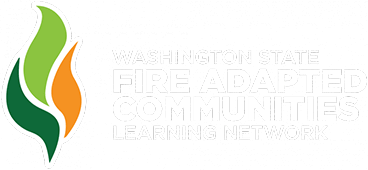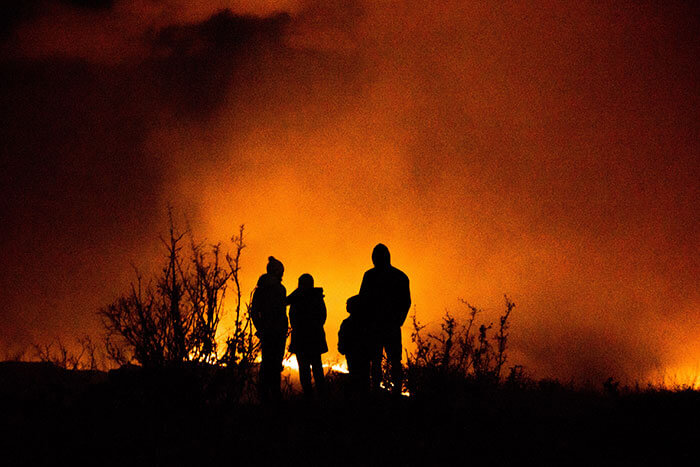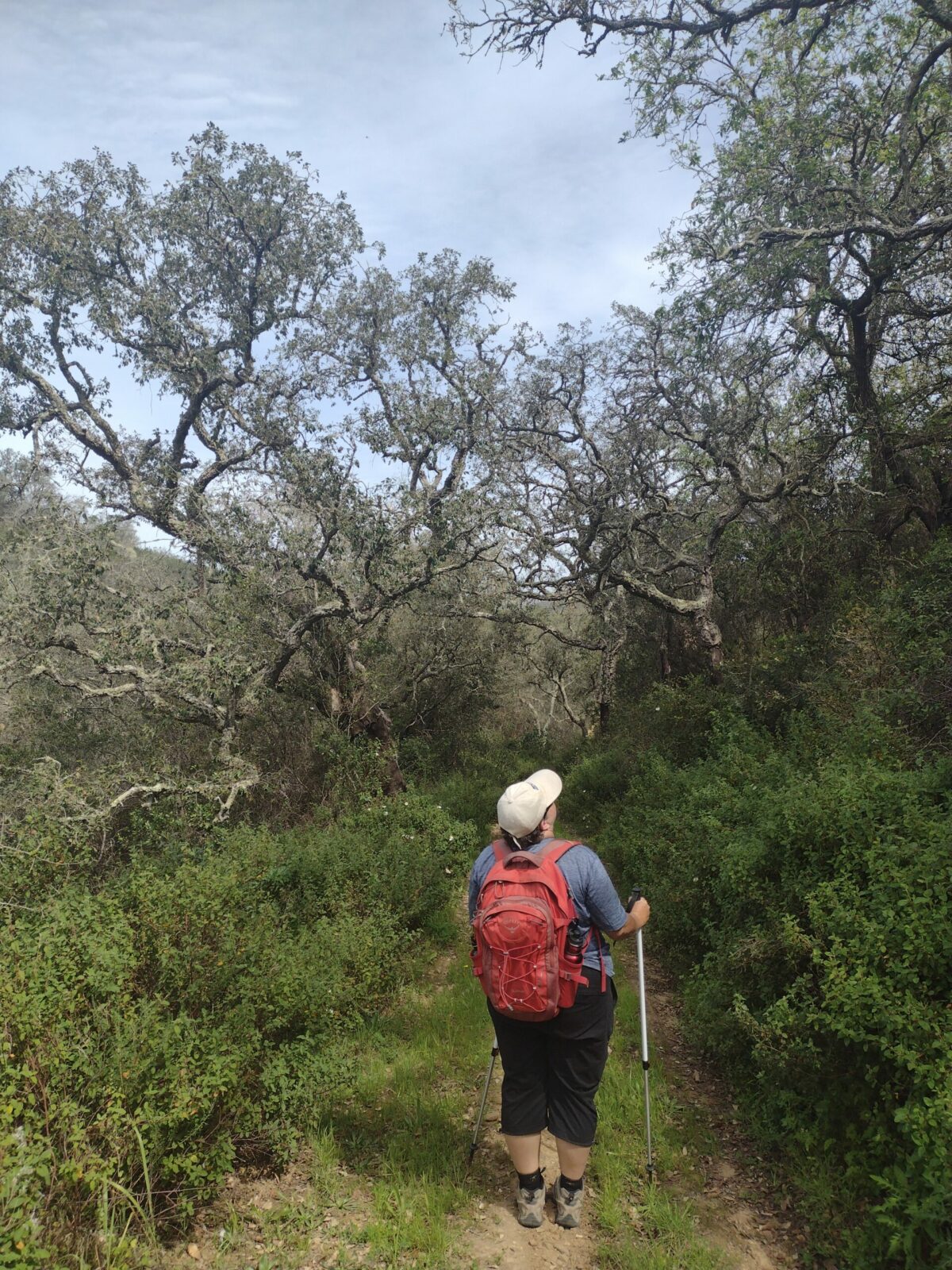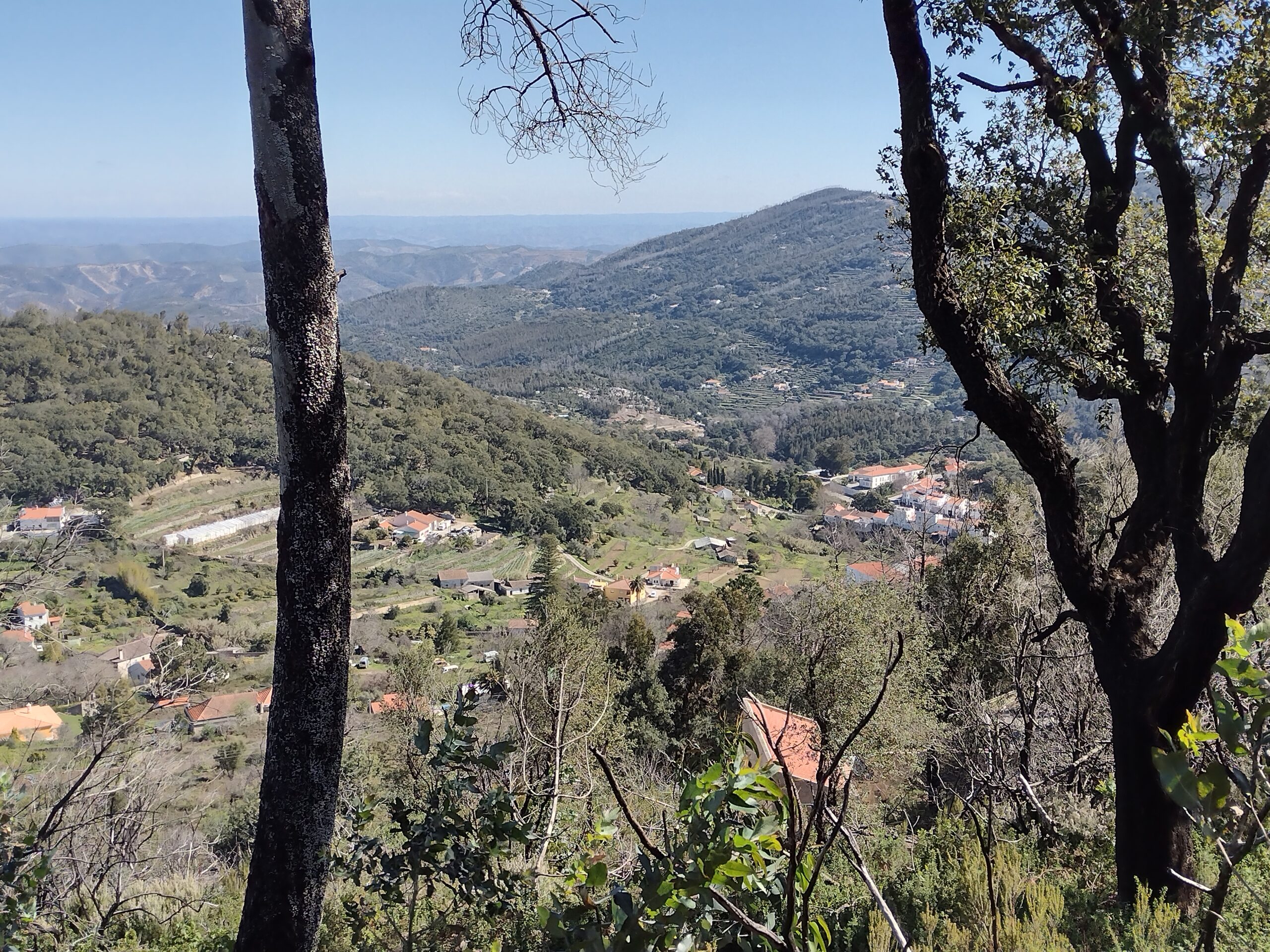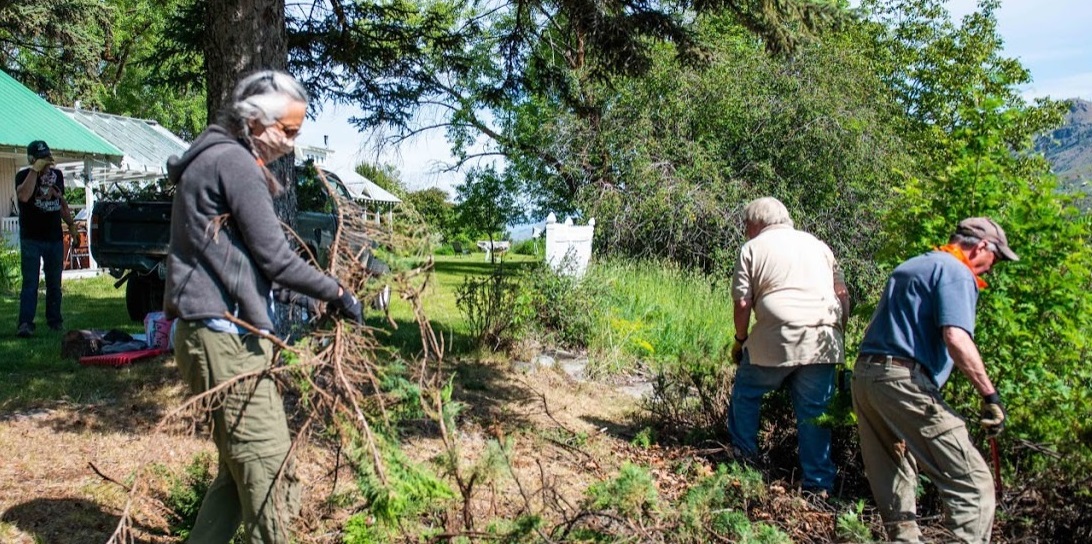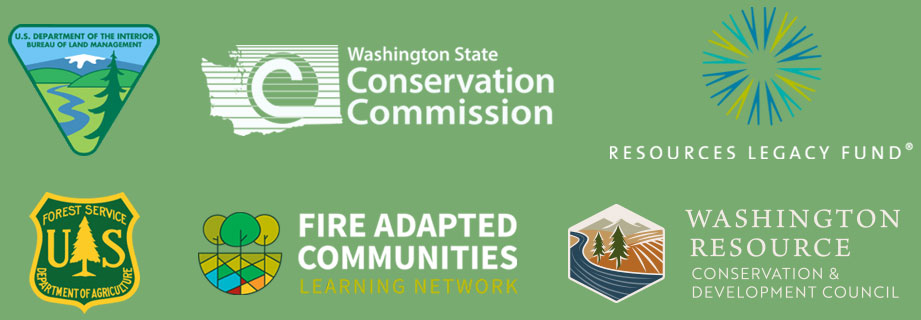“Partnership” is a word we’ve been seeing a lot of lately. Whether it is highlighted in a grant, memorandum of agreement, or a contract, everyone seems to want to have partners. And of course they should. We have partners for various reasons. Perhaps we need additional funding to help with a project, or we’re a little short on manpower and could use some extra help. Maybe we don’t have the technical expertise necessary for one aspect of a project. Whatever the need, the appropriate partners can help fill a specific shortcoming, or even stop duplication of efforts among agencies. When we are all working towards the same goal, partnerships can help us get there faster and in a more efficient and effective manner.
The Kittitas County Conservation District (KCCD) has formed a very strong partnership recently with our local fire districts. These districts have helped us write and update our county wildfire protection plan. They provide education to landowners on how to reduce the risks of wildfire and how to improve their home’s defensible space. With the recent high demand for fuels reduction and defensible space assistance, Russ Hobbs of Kittitas County Fire District #7 partnered with KCCD to fill this need by providing a competent fuels reduction crew of volunteer firefighters. This crew is trained to remove brush, limb and thin trees to WA Department of Natural Resources standards, as well as chip piles that landowners accrue due to their own fuels reduction work. KCCD provides the funding through various grants, as well as home assessments, project layout, and compliance.
This alliance not only helps the community become a fire adapted community by educating landowners on identifying risks, reducing fuels, and improving forest health in the county, but the crews become more familiar with the high wildfire risk areas they may be called on to defend. The other fire districts allow this crew to complete work across fire district boundaries because in the end, it makes it safer for everyone in a wildfire situation. This year the crew started last March and will keep going until the snow stops the projects. The interest is high due to all the wildfires across the state and the demand seems unending.
“Having had at least three volunteer firefighters working for both the fire district and the conservation district over the last few years has been our saving grace when wildfires broke out across eastern Washington,” said Hobbs. “Having resources ready to respond in a timely manner is critical to our neighbors and our community at large. This program helps keep the firefighters employed and a reason to stay on at the fire district.”
Hobbs sees the major benefits for the fire district as 3-fold. “We have physical fit, well trained volunteer firefighters, who during the wildfire season become seasonal firefighters for the Fire District. When they’re not actively deployed on wildfires, they’re working on fuels reduction projects, at no cost to the fire district. More importantly, they’re reducing the fire risk throughout the county by actually removing fuels adjacent to structures, identifying hazards and educating home owners. The fire-crew is an excellent public relations tool. The response from our neighbors is always positive and a direct measurement of the programs value to the community. Reducing the threat from wild fires is everyone’s business.“
Jeff Thompson, a landowner at the Firewise Community of Kachess Ridge, and our Fuels Reduction Crew. Ann Thompson (picture credit) stated “We can’t thank you enough–you certainly have helped secure our property in the event of a fire and made lifelong friends & supporters out of us.”
The crew has completed dozens of individual fuels reduction projects this year in addition to providing roving chipper services for 18 communities. A community organizer—or what we often term as a “spark-plug”– will schedule 3-5 days with the crew and have a sign-up. They have the participating landowners thin and prune their own property (often after a defensible space assessment with KCCD) and then stack the trees and limbs similar to the picture below so the crew comes and chips the materials. Often it is blown back on the property, putting nutrients back into the soil, but not at a depth to cause a fire risk. Other times we use the chips for riparian plantings. We’ve even taken it to the Chimp Sanctuary in our county. Now that we have a trained and efficient crew, KCCD is always on the lookout for other partners or funding opportunities to keep these successful programs going.
